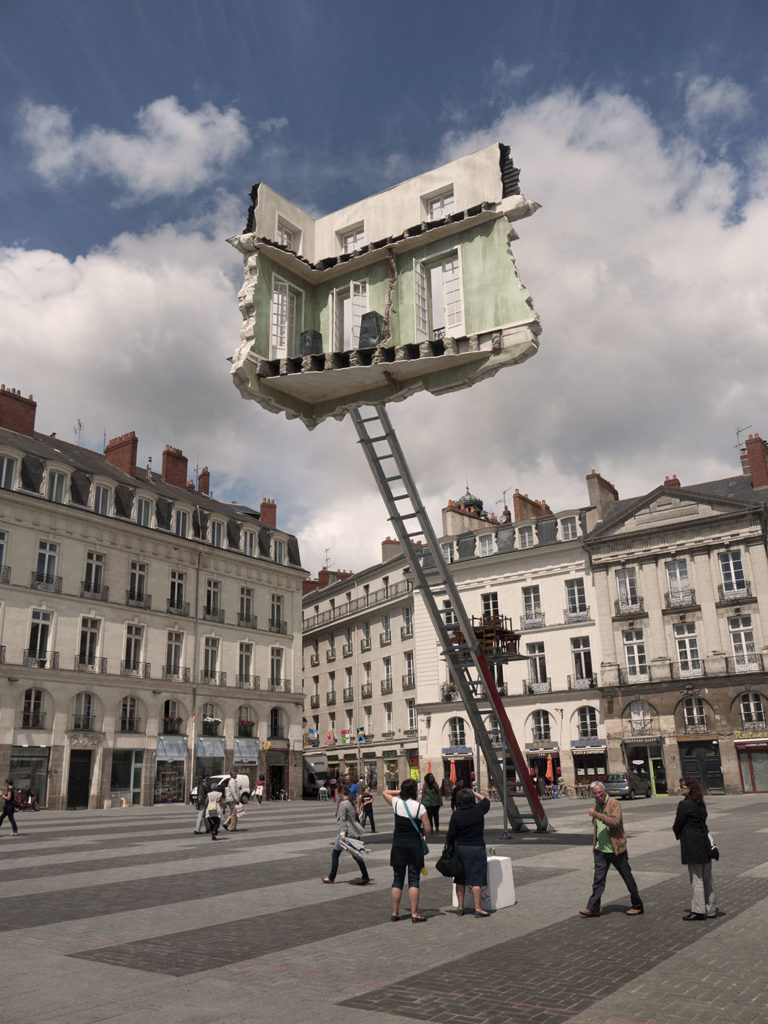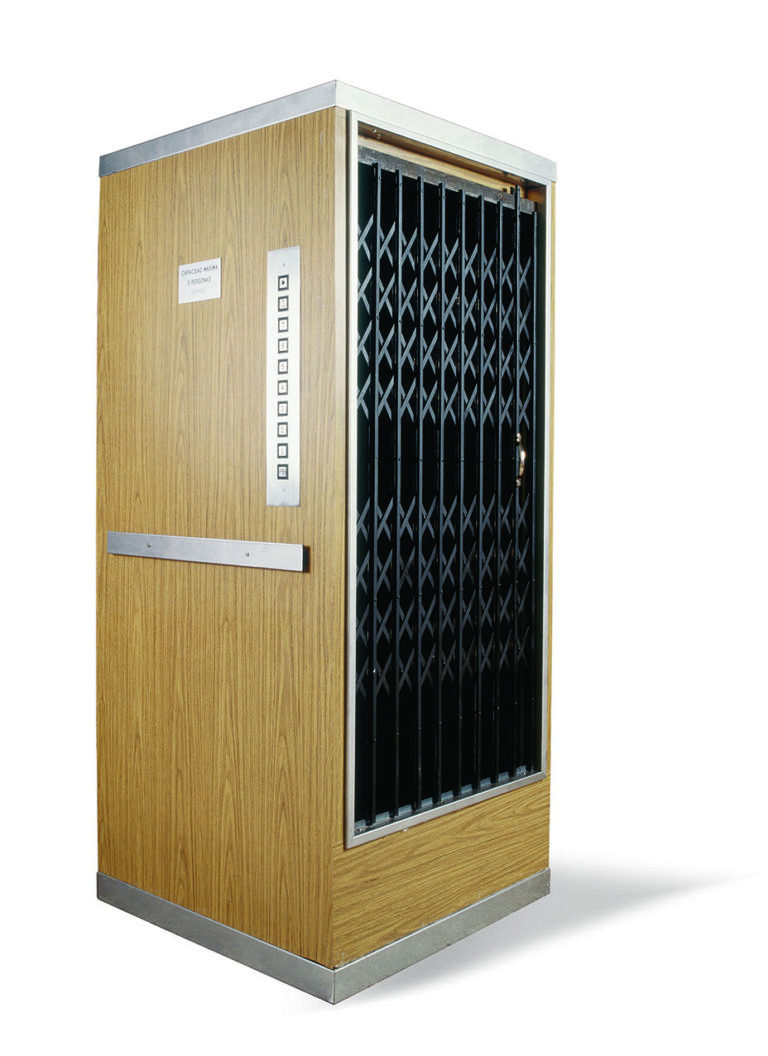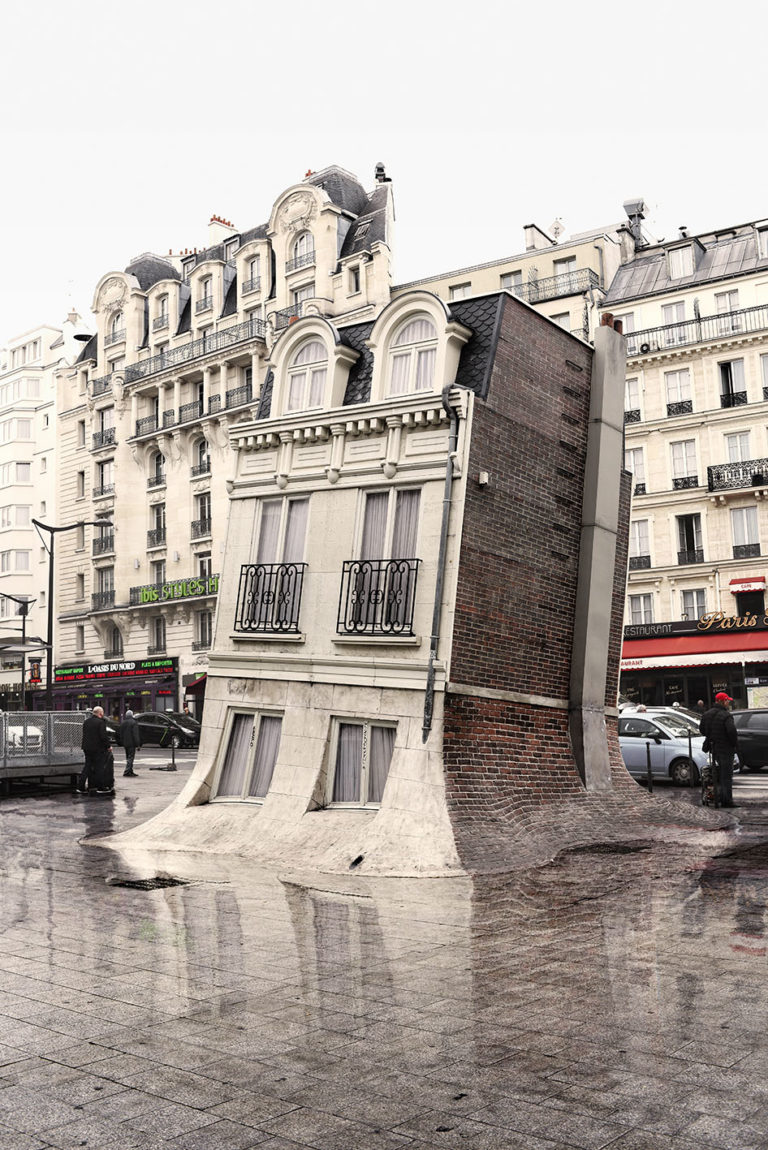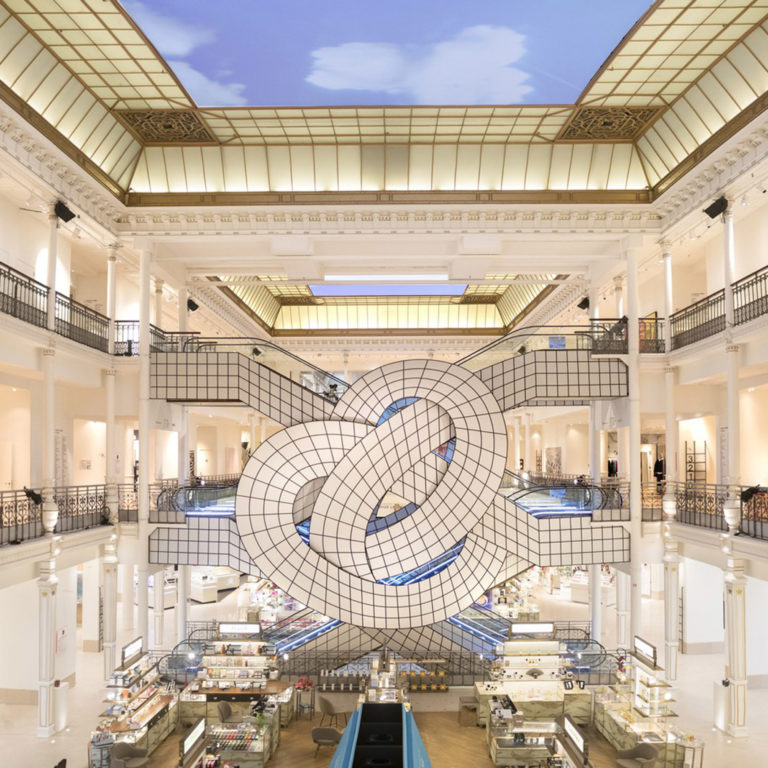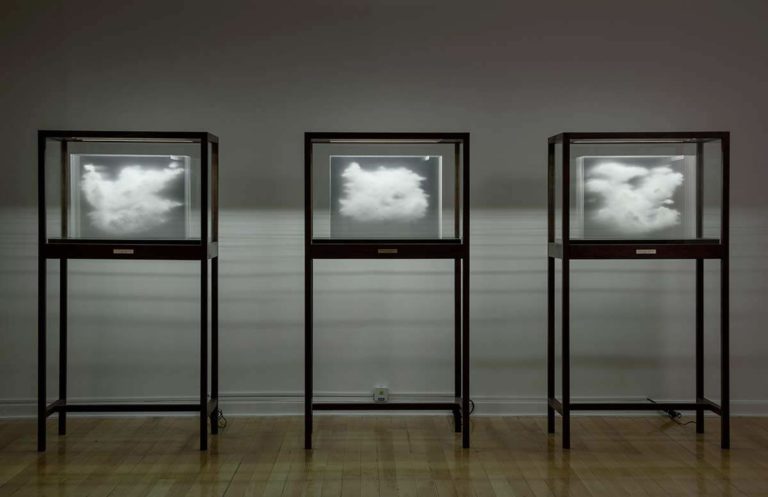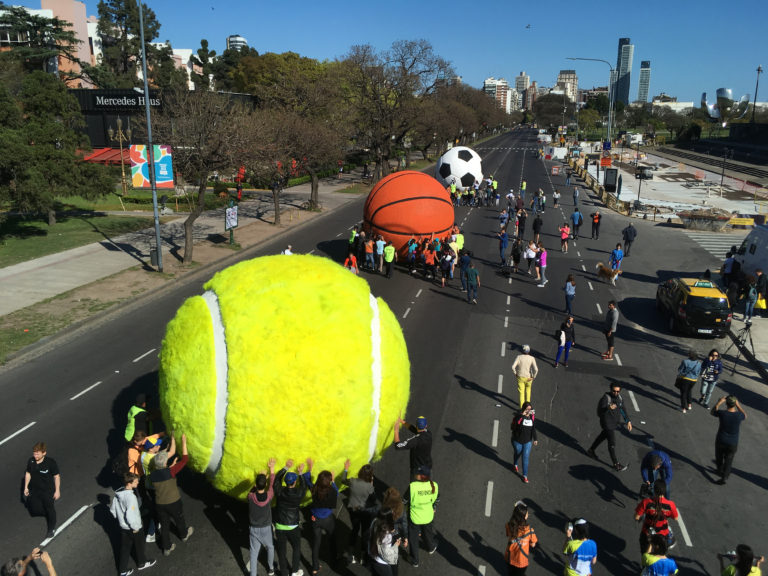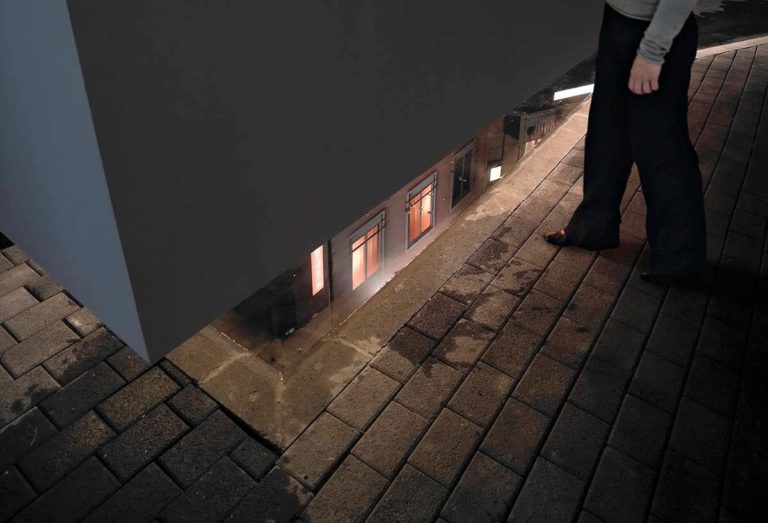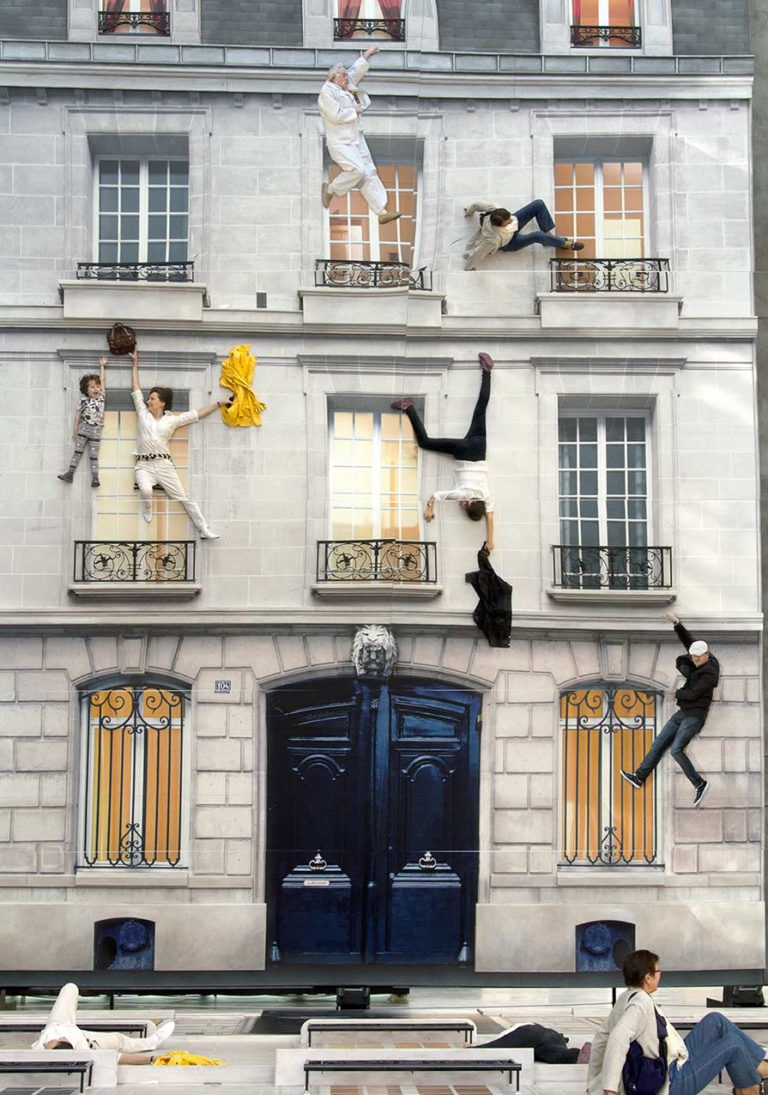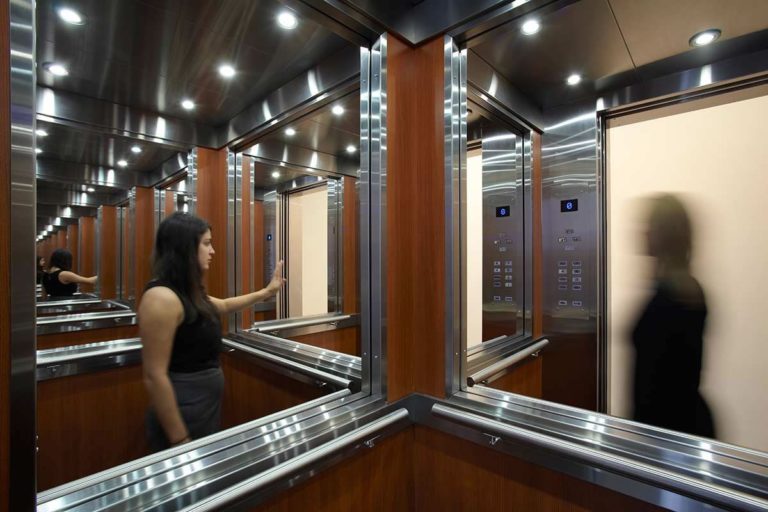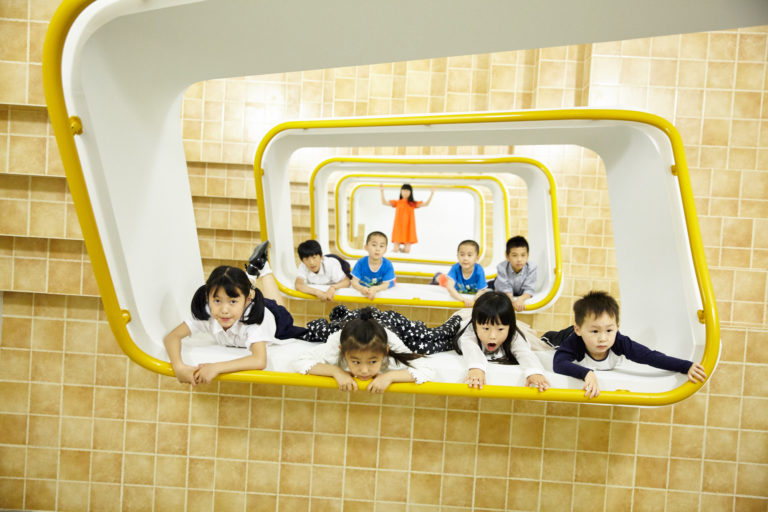Born in 1973, Buenos Aires, Argentina. The artist is working internationally for exhibitions, projects and public art commissions. The artist is known notably with projects such as Maison Fond in front of Gare du Nord in Paris or Swimming Pool, permanent collection of the 21st Century Museum in Kanazawa, Japan.
主な展覧会 Selected exhibitions
- 2022 "The Print", installation at "ArtBay Tokyo Art Festival 2022", Odaiba, Tokyo
- 2022 "Traffic Jam", installation at "Music Loves Art in Summer Sonic 2022", Makuhari, Japan
- 2019-2020 solo exhibition "Both Sides Now", BUK Seoul Museum of Art
- 2019 solo exhibition, “Liminal”, MALBA, Buenos Aires, Argentina
- 2019 solo exhibition “The Confines of the Great Void”, CAFA Museum, Beijing, China
- 2018 “Ball Game”, a commission by the IOC on the occasion of the Olympism in Action Forum and Summer Youth Olympic Games, Buenos Aires, Argentina
- 2018 solo exhibition, “Construction of Reality”, HOW Art Museum, Shanghai, China
- 2018 solo exhibition, “Sous le Ciel”, Bon Marché Rive Gauche, Paris, France
- 2017-2018 solo exhibition, “Seeing and Believing”, Mori Art Museum, Tokyo, Japan
- 2015 solo exhibition, ZKM, Karlsruhe, Germany – GLOBALE
- 2015 Maison fond, Nuit Blanche, permanent, Gare du Nord, Paris, France
- 2014 Solo Exhibition, "Leandro Erlich - Ordinary?", 21th Century Museum of Contemporary Art, Kanazawa, Japan
- 2014 Port of Reflections, MMCA, Seoul, Korea
- 2010 Setouchi Art Triennale, Kagawa, Japan
- 2008 PS1 MoMA, New York City, USA
- 2008 Singapore Biennale, Singapore
- 2006 Echigo-Tsumari Art Triennale, Tokamachi, Japan
- 2004 The Swimming Pool, commission work for Kanazawa 21st Century Museum, Kanazawa, Japan
- 2001 The Swimming Pool 49th Venice Biennale (Argentina) Fondaco dei Tedeschi via Rialto, Venice, Italy.
- 2000 TOURISM (collaboration with Judi Werthein) VII Bienal de La Habana, Cuba
- 2000 Whitney Biennal . Whitney Museum of American Art, New York, NY
- 1995 Twelve Argentinian Artists United Nations, Buenos Aires
作家について About the Artist
Who is Leandro Erlich
Leandro Erlich’s works are familiar especially in Japan and Asian countries, by his Swimming Pool at the 21st Century Museum of Contemporary Art in Kanazawa and very popular solo exhibition held at Mori Art Museum from 2017 to 2018. Looking up the name of the artist on internet, we may able to find more images of this artist compared to any other contemporary artists, as number of audience are willingly taking snapshots interacting with his works and putting their photo images on internet. Not so many contemporary artists have gained this kind of popularity through interaction from the audience themselves experiencing the work. But we must note that when his work became well known in the early 2000s, we were still not in the age of mobile phones and the artist’s intention should be apart from the popularity through media image today where anything can easily be consumed and soon be outdated. While there are number of artists leaning to digital media and technology to make impossible into possible, Erlich's method is always very simple and clear. Leandro’s work may give audience a surprise but it is not merely intending to show the impossible. It will be too unfortunate if the works are conceived initially as attraction or a part of entertainment without a sufficient discussion of the work itself and the artist.
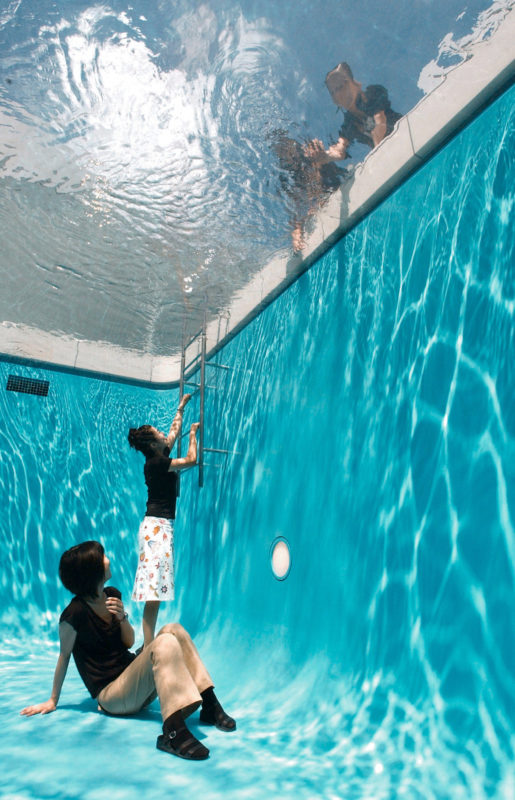
Background
There is an influence of his father who was an architect on the background of Leandro Erlich's career. Architects always work with spaces, by composing given material and elements including walls, openings, windows and doors, as to deal with both visual and physical experience. How people interact themselves with the given space within real current of time; how they encounter, go in, experience the space, is a crucial issue for architects more than most of the visual artists. Speaking with Erlich, I always feel that his process of creating plans, consideration about the space and time, the relation of audience and the work is closer to the process of an architect.
Elevator
There are several milestones to note in Erlich’s artistic career. The first may be in 1995 in age of 22 when he had to come up with a plan for an exhibition organized by the French Embassy in Buenos Aires. There was a regulation noted from the organizers about the maximum size of the work in the exhibition. Knowing that the exhibition space is not so small, Erlich inquired the organizers about the basis the this measurement and found out that it was based on the size of the elevator. He then decided to make a work with a predetermined maximum size, which equals a three-dimensional space inside the elevator. The interior walls of the elevator and the door were applied as the outside of the work. What was crucial for the work was the darkness inside the work, the elevator shaft inside the work, which was endlessly continuing exceeding the size prescribed by the organizers. By this time already, Erlich was dealing with his method to make audience experience the contrast of opposites ― in this case inside / outside, and endless space inside/ regulated size of the outside ― which can be flipped over easily to betray common believes of the viewers. And it is interesting that the first work by this artist was about this magical vehicle, an elevator, which would take us from one place to another by its vertical movement only with a push of a button.
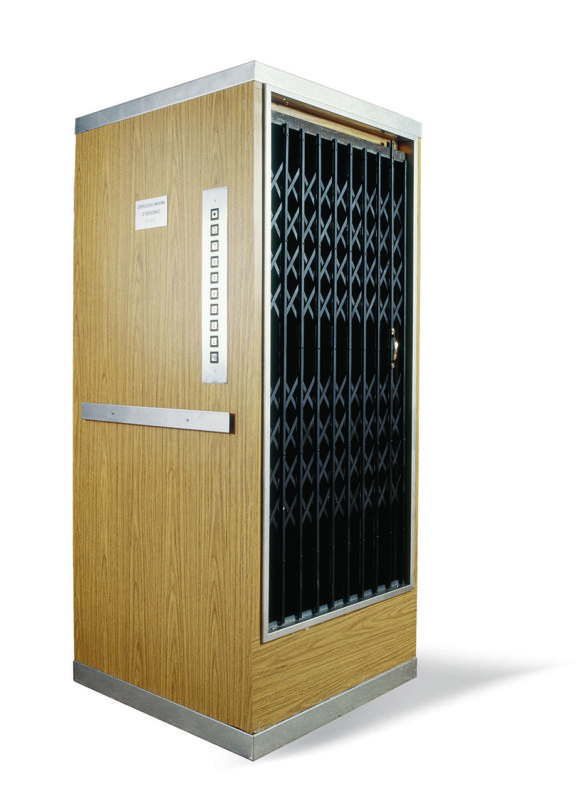

In an interview for the catalog of the 21st Century Museum of Contemporary Art, Kanazawa, he talks about his another early artistic activity that he proposed to make a replica of the Obelisk, a landmark of Buenos Aires, in another place in the city. “If you create another Eifel Tower that is the same size and the same shape as the original, the Eifel Tower is no longer the Eifel Tower.” 1 Though the proposal might be a conceptual one almost impossible to be realized, but this episode shows Erlich's methodology of how to flip over our common sense with a simple idea, like pushing a button of an elevator to visit the floor where we never been.
Swimming Pool
The second milestone must be the Swimming Pool exhibited in 1999 in Venice Biennale. As this Pool was a temporary installation, almost completely handmade, it was different from the one we see in Kanazawa today. It is well known story that Japanese curator who was working to open a museum in Kanazawa saw this installation in Venice invited the young artist to work for the permanent installation for Kanazawa. In Kanazawa, visitors would be encountering the pool from the above. If visitors do not know about this work, it would already look extraordinary and strange to find a swimming pool in the courtyard of a contemporary museum. This strange feeling between ordinary and extraordinary should have been an important part of the work, although this initial experience is already lost as the piece gained popularity as the symbol of the museum. But the visitors would have a second chance to have their common sense to be flipped over when they are invited close to the work and find that it is not a swimming pool. On how the artist is intending to shake our common sense, sense of ordinary and extra ordinary, simply as a push of a button, is consistent from his earlier Elevator. And as a button needs someone to push it in order to have the magic vehicle to carry us to the flipside, the viewers are always invited to make a relationship with the work to discover the world by themselves. Tunnel piece found in Echigo-Tsuamri 2012, Lost Garden, and Changing Room might all be successors of the concept found in Elevator and Swimming Pool.
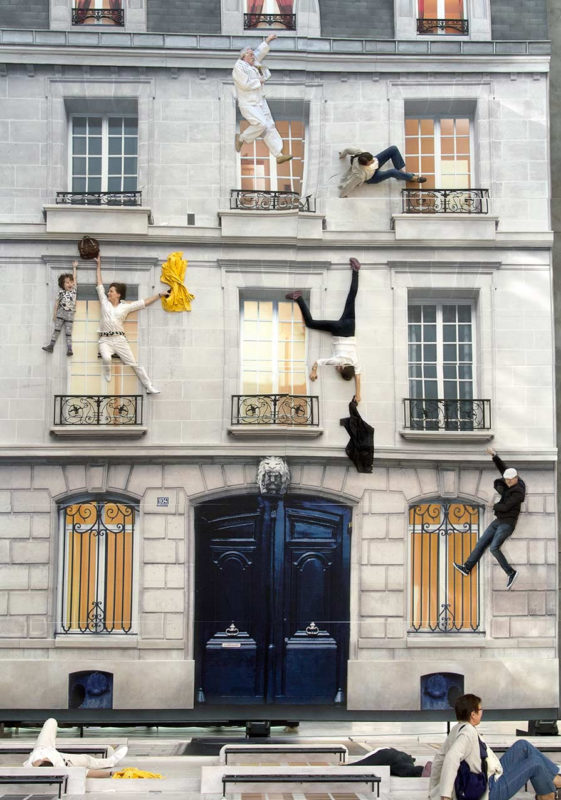
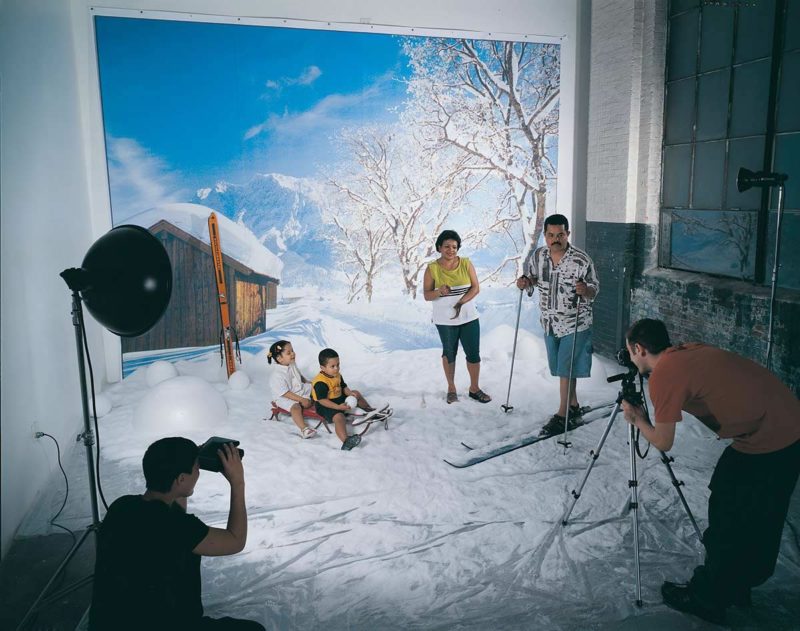
Bâtiment
The next milestone might be Bâtiment (Building in English) in 2004 exhibited in the outdoor space in Paris for only one night. A wall of a building was laid on the floor, with a mirror attached on its side in 45 degrees. The mirror would reflect people lying on the floor as if they are climbing the wall of the building. This Bâtiment also took part in Echigo-Tsumari Art Triennele in 2006, and London and Shanghai in 2013. All of the situation above were held outdoors, and I remember working with the artist for 2006, one of the concept in this work was to have a building standing there on a place where there should be no building. Therefore, it was important for us to look for a right spot to install this temporary building in order to make it natural but also strange. I thought that this idea was close to the situation to a swimming pool in a museum. In order to make the design suitable for the site, the artist rearranged many photos of houses and buildings he took in order to make a stereotype design. What was important for this Bâtiment series was that the audience were invited to be involved as the part of the work, stepping on, climbing and lying on, taking pictures on their will. There was already a program to make participants as a part of the installation in Turismo in Havana Biennale (2000), where audience were welcomed to pose inside the set of skiing mountain, and taken pictures with Polaroid camera. But in case of Bâtiment, more spontaneous intervention was possible for the audience, even to take pictures of their own to distribute them as the photograph of the work. While many museums were not permitting to take mobile snapshots those days, it was naturally possible to make this kind of intervention happen as the project was installed outdoors. As the piece became very popular, organizers of museum exhibitions get interested to invite Bâtiment to their exhibitions. As was in the Mori Museum exhibition who installed the work inside the museum, the work may no longer brings us that strange feeling facing “a strange building which is actually not there” which gave us a surprise by the flipping over our common belief. But still, the installation was important how audience can openly be a part of the work, along with its new relationship with mobiles and internet images. This type of intervention of audience is also common to many other projects of Erlich such as Staircase, Elevator Maze or Classroom.
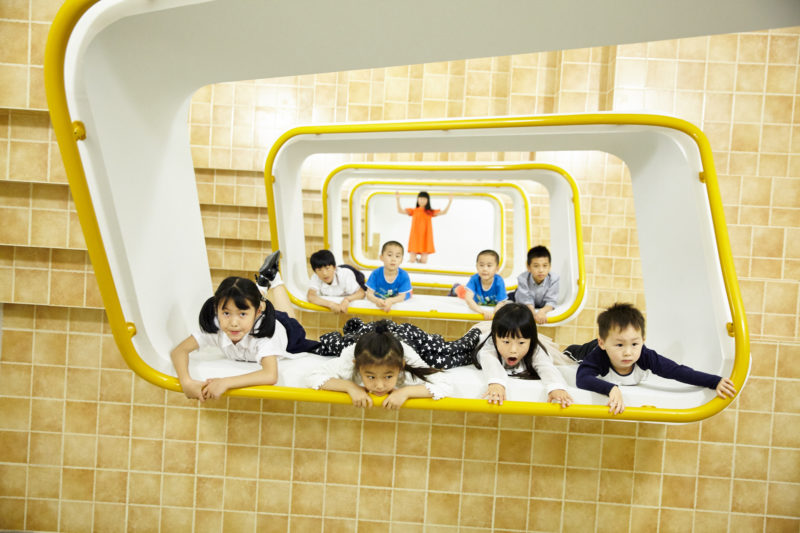

New Footsteps
Though it may be rather less known in general compared to these very interventive works, Leandro Erlich's works are quite profound with different styles, and there are many excellent and interesting works. When Erlich was invited to the National Museum of Contemporary Art, Seoul in 2014, the plan he came up for the stairwell space in the museum was the work called Port of Reflection. My initial impression of the plan was a development of Swimming Pool. Around that time, Erlich was working on a plan for a permanent installation work of Iino Building in Tokyo. Since the shipping company was the commissioner of the building project he was working with various ideas doing many experiments with the theme of water surface and reflection. In the Port of Reflection in Seoul, visitors were to encounter the boat floating on the water. Like the Swimming Pool, people were able to see from below, and realize for the first time that there was actually no water surface around the boat. It was a special moment to find that our understanding of the world through visual experience is very doubtful to be flipped over suddenly to completely different notion by simple change of viewpoint. The artist rearranged this work when it was exhibited to other museums such as Mori or Beijing. The lower space was taken away to narrow down the experience to see only from the upper level. By reducing the element from the works, audiences were able to even experience the work with their sharpened concentration, the time passing in the three dimensional environment air inside the given space. It was around this time when I started to have an impression that this artist may be searching to go on to the next stage finding a new footstep. His earlier work from 2005, Sidewalk which was exhibited at his solo exhibition in Kanazawa in 2014 also does not require the active involvement of the audience, but it was one of the most impressive works by the artist allowing visitors carefully face the work quietly feeling the flow of time.
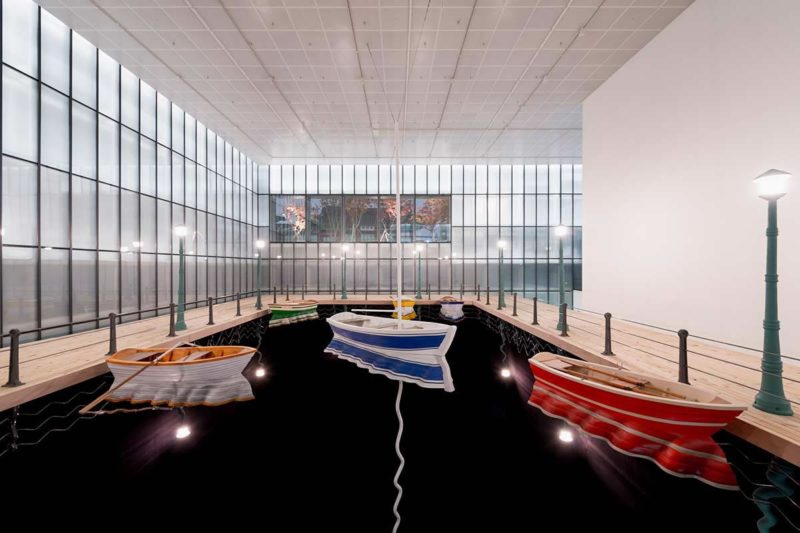
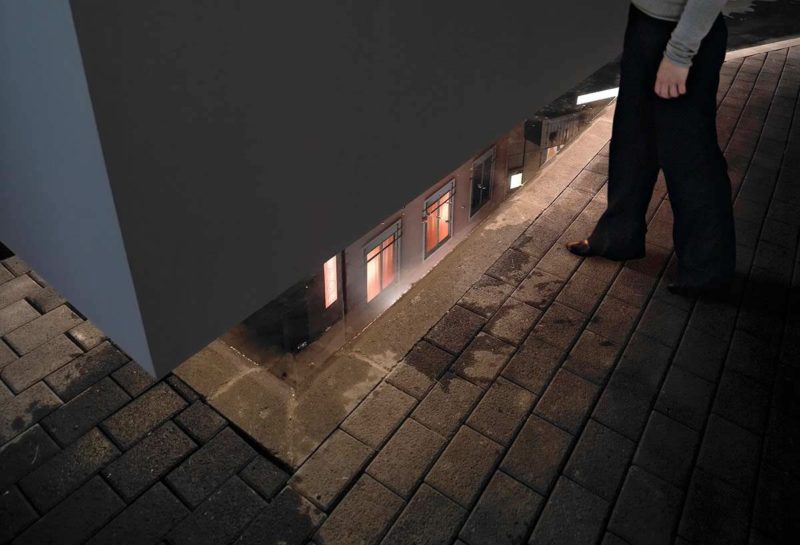
Diversity to suite the situations and Settings
Looking at recent activities of this artist, we are able to say that Erlich is still in the developing stage of his long artistic career, making his vocabulary even more ample and diverse. For example, in 2016, a work called Ball Game was held in Buenos Aires as one of the cultural programs of the Youth Olympic Games. Another notable example is Sous le Ciel in le bon marché in Paris. There should be countless ideas that have not been seen the light of a day. In fact, I had a chance to hear from the artist one after another what the artist is interested in and idea which has not even have taken as a shape to be an artwork. I am sure that some of them will be carried out one by one, rearranged to suite the space or purpose of the event.

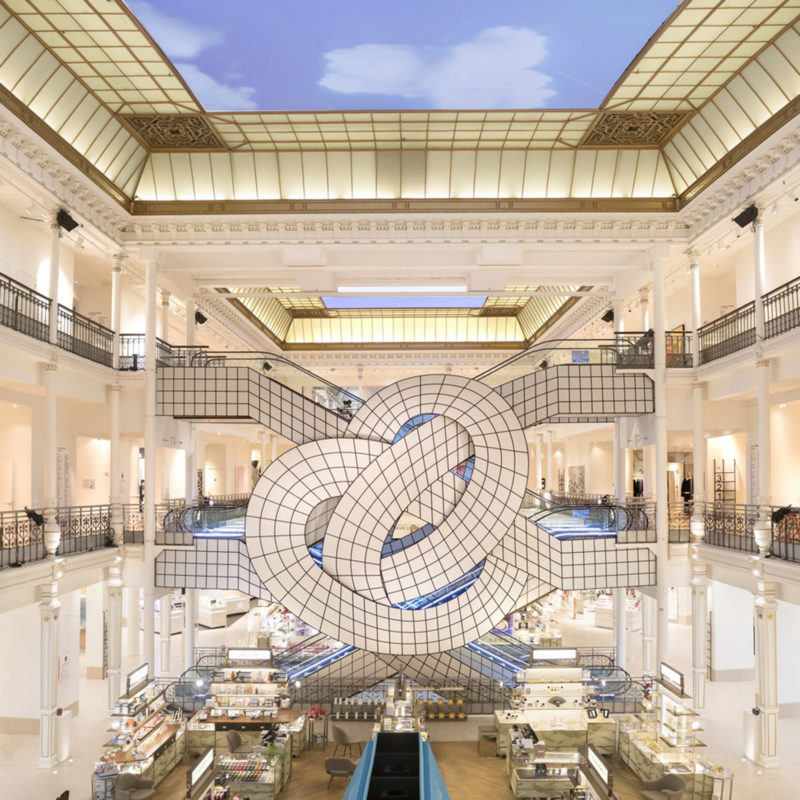
Leandro Erlich also creates small works for collections and group exhibitions. But still, most of Erlich's ideas are large scale, and there are limited spaces and chances to realize such projects. There are many project based artists like Erlich and unfortunately at the moment, there is currently no confirmed system to save most of artistic activities in the culture and art world. Every time I see Erlich's projects, I strongly feel that we should find a way to realize more projects we have never seen before, and in order to open up more possibility to realize new ideas, those who are working in relation to artworld, and even the viewers who enjoy seeing the work shall develop a method to open more possibilities for profound and diverse productive activities by different artists, including Leandro Erlich.

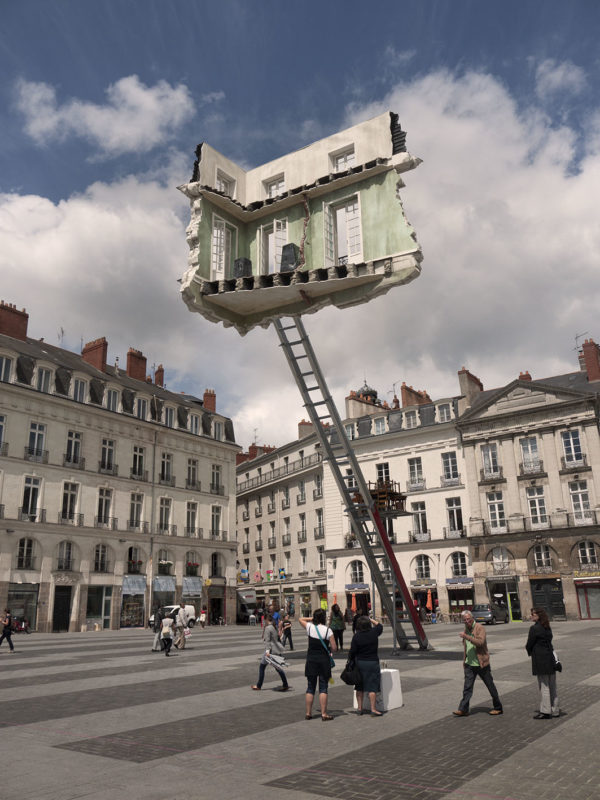


note1: Leandro Erlich – The Ordinary? Kanazawa 21st Century Museum exhibition catalogue, 2014, interview, p.67
